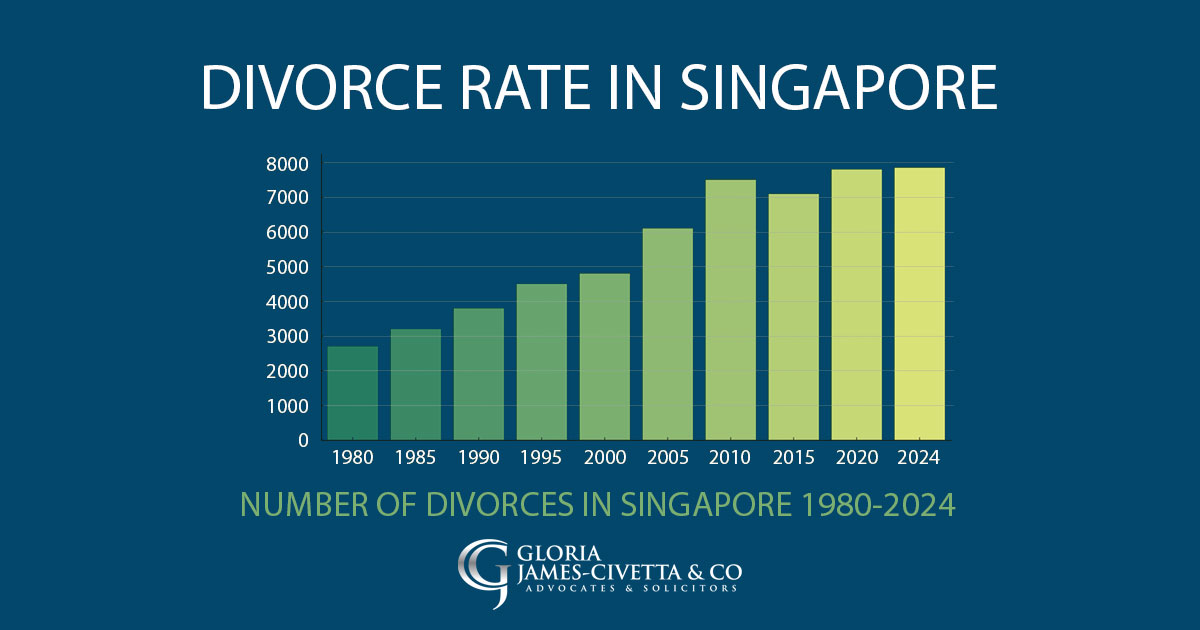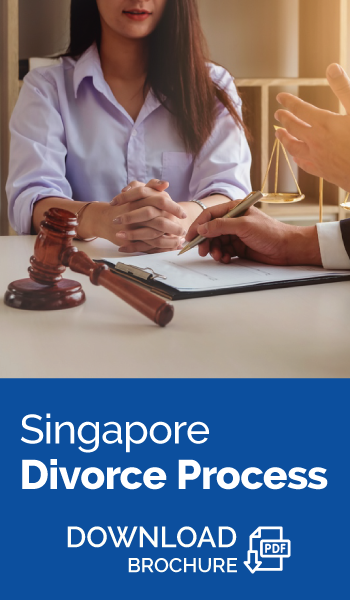
Divorce can be intricate and emotionally demanding, often revealing hidden complexities, even in an uncontested divorce.
Many individuals enter the process with a vague understanding of what “uncontested” truly means, leading to unexpected complications and dissatisfaction with the outcomes.
In this blog, we aim to clarify what an uncontested divorce is and clarify what are the common misunderstandings that arise.
Complete Agreement Beyond the Divorce Itself
To qualify for an uncontested divorce, parties must not only agree to divorce and the reason for the divorce, but also reach a full agreement on all the relevant ancillary issues, including but not limited to custody arrangements, living arrangements for the children, visitation rights, spousal maintenance, child maintenance, division of assets, and debt distribution (if any).
It’s a common misconception that deciding to divorce is the crux of the matter; however, the essence of an uncontested divorce lies in agreeing on every single detail related to the marriage, which may result in parties taking a longer time to agree.
The Illusion of the “Cheapest and Quickest” Solution
Many people are attracted to the idea of uncontested divorce because of the lower cost and faster resolution. However, opting for the cheapest service might lead to inadequate handling of the legal documents, which assumes that both parties will readily agree on all terms, including admitting fault where necessary.
This assumption often overlooks the reality that agreement on the terms is not as straightforward as anticipated, which can often lead to delays and additional costs.
The Need for Skilled Legal Drafting
Uncontested divorces require meticulously drafted agreements that cover all foreseeable issues and contingencies.
Skilled legal drafting ensures that the terms are not only clear and comprehensive, but also enforceable and sustainable. Poorly drafted agreements can lead to terms that seem workable initially, but are actually impractical, shortsighted, and can create significant legal headaches later on.
In the worst-case scenario, parties might have to go back to Court to amend or vary the orders made, to reflect their actual intention or to account for any unforeseen circumstances.
An uncontested divorce should not be seen as a standard agreement form where you copy and paste your name. Instead, it should be an agreement that reflects how you intend to restructure your life post-divorce.
It is a crucial document that sets the foundation for your future, outlining how you will interact with your ex-spouse, manage parenting responsibilities (if applicable), and divide any matrimonial assets.
What Happens When Papers Remain Unsigned?
A significant hurdle arises when one party refuses to sign the divorce papers after agreeing to the terms initially.
This not only prolongs the divorce process but also lead to escalated legal costs, as parties try to reach an agreement or the matter moves from being uncontested to potentially contested.
Understanding the next steps and the associated costs in such scenarios is crucial before beginning the process. These costs should not be neglected.
Signing Without Understanding
It’s alarmingly common for individuals to sign divorce papers, without fully understanding their rights or the implications of the agreements they are entering into.
Often, they return for legal help to amend or vary the agreements — a process known as an amendment or a variation of the order. This is not only more complex but also results in unnecessary additional costs, when they could have gotten it right the first time, if only they had taken more time to understand what they were agreeing to and what the legal consequences of them doing so are.
Overlooking Long-term Consequences
Frequently, couples believe they have reached an agreement on all issues without delving into the specifics necessary for a lasting agreement.
Critical aspects like long-term legal and financial consequences, division of property, custody details, and debt allocation are overlooked. Settlement agreements may end up being incomplete or unfairly biased if these factors are not thoroughly considered.
Additionally, many do not realise the importance of explicitly addressing each aspect, which may lead to future disputes and legal challenges, as parties try to fill in the gaps.
In conclusion, an uncontested divorce might seem like a straightforward and cost-effective way to end a marriage, but it requires thorough understanding, meticulous agreement on all terms, and careful legal drafting.
Parties considering this route should seek comprehensive legal advice to ensure that their rights are protected and the divorce agreement is sustainable in the long-term.


We’re here for you
Should you require legal representation, kindly contact Gloria James-Civetta & Co for a free consultation with one of our divorce lawyers.










